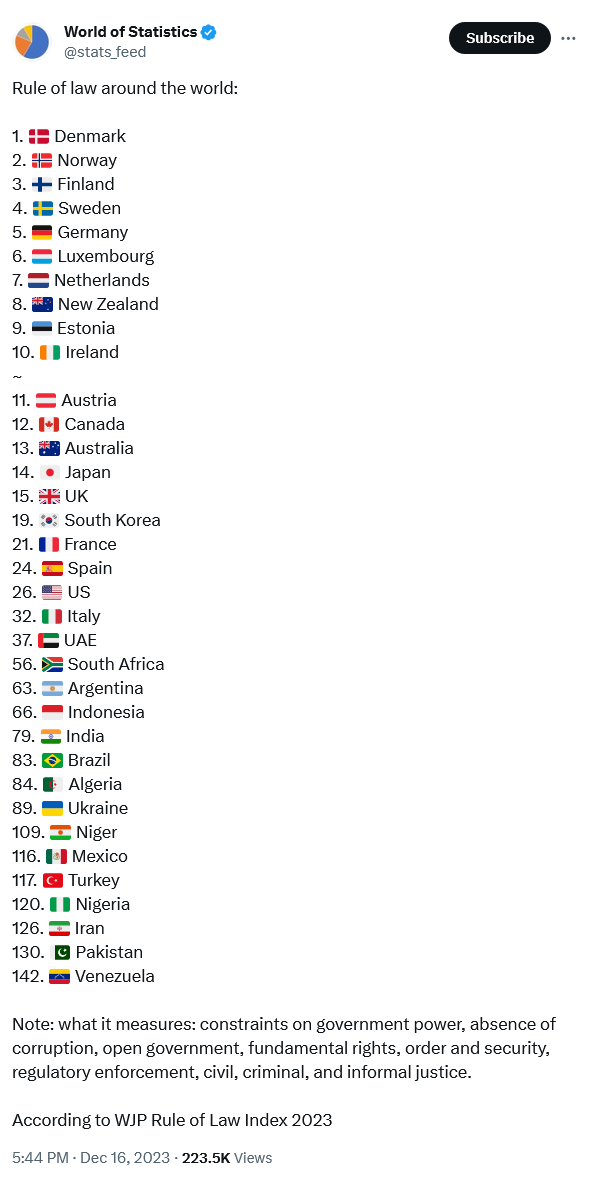In the ever-evolving world of digital marketing, it's essential to have a well-structured and effective strategy in place. Whether you're a seasoned marketer or just dipping your toes into the digital realm, this comprehensive guide by Content Writing Expert Syed Salman Mehdi will help you navigate the intricacies of digital marketing. With five key sections, we will explore the steps that can help you excel in the digital marketing landscape: Identifying Objectives, Creating a Useful Persona, Setting the Budget, Making a Plan, and Evaluating Your Strategies.
Section 1: Identifying Objectives
To embark on a successful digital marketing journey, the first step is to clearly define your objectives. What do you want to achieve through your digital marketing efforts? Whether it's increasing brand awareness, driving website traffic, generating leads, or boosting sales, your objectives serve as the foundation of your entire strategy.
Identifying your objectives helps in setting clear goals and measuring your progress effectively. It also guides you in choosing the right digital marketing channels and tactics to achieve your desired outcomes. Moreover, having well-defined objectives ensures that your team is aligned and working towards a common goal.
Transitioning from identifying objectives to crafting a successful digital marketing strategy is a critical phase. In the subsequent sections, we will delve deeper into the steps that follow.
Section 2: Creating a Useful Persona
Once you've established your objectives, the next step is to understand your target audience. Creating a persona is like crafting a character sketch for your ideal customer. This persona represents the traits, preferences, and behaviors of the people you want to reach through your digital marketing efforts.
To create a useful persona, you need to gather data and insights about your target audience. This can include demographics, psychographics, online behavior, and pain points. Conduct surveys, analyze your existing customer data, and use tools like Google Analytics to gain a deeper understanding of your audience.
Having a well-defined persona not only helps in tailoring your content and marketing messages but also ensures that you are reaching the right people on the most effective platforms. It's like having a compass that guides your digital marketing efforts towards the right direction, saving both time and resources.
Section 3: Setting the Budget
In digital marketing, the budget you allocate plays a crucial role in determining the scale and success of your campaigns. Once your objectives and personas are clear, it's time to set a budget that aligns with your goals.
Your budget should cover expenses related to advertising, content creation, social media management, email marketing, and other digital marketing activities. It's essential to strike a balance between your objectives and available resources. A well-thought-out budget ensures you don't overspend or, conversely, miss out on valuable opportunities due to insufficient funding.
Transparency and flexibility are vital when managing your budget. Regularly monitor and adjust your spending based on the performance of different campaigns and channels. This way, you can make the most of your resources and adapt to changing market conditions.
Section 4: Making a Plan
With clear objectives, a well-crafted persona, and a budget in place, it's time to create a strategic plan for your digital marketing efforts. Your plan should outline the specific actions you'll take to achieve your objectives.
Start by selecting the most suitable digital marketing channels. Depending on your target audience and objectives, this may include social media, content marketing, email marketing, pay-per-click (PPC) advertising, search engine optimization (SEO), and more. Your plan should also detail the content you'll create, the posting schedule, and the key performance indicators (KPIs) you'll use to measure success.
It's important to maintain consistency in your digital marketing efforts. Regularly review and update your plan to adapt to changing market dynamics and consumer preferences. Flexibility and adaptability are keys to a successful digital marketing strategy.
Section 5: Plan Evaluation
After implementing your digital marketing plan, it's crucial to assess its effectiveness. Plan evaluation involves analyzing the results of your campaigns against the set objectives and KPIs.
Use analytics tools to track website traffic, conversion rates, social media engagement, and other relevant metrics. By comparing the actual performance to the desired outcomes, you can identify what's working and what needs improvement.
Continuous improvement is the essence of digital marketing success. Based on your evaluation, make data-driven adjustments to your strategy. This might involve tweaking your content, refining your targeting, or reallocating your budget to higher-performing channels.
In conclusion, mastering digital marketing requires a systematic approach. Begin by identifying your objectives, creating a useful persona, setting a budget, making a well-defined plan, and evaluating your strategies. The journey to digital marketing success is an ongoing one, with each step building upon the other. By following these steps, you'll be well on your way to achieving your digital marketing goals and driving your business forward in the online world.
Uncover the secrets to successful digital marketing with Syed Salman Mehdi. Learn to set objectives, create personas, allocate budgets, craft effective plans, and evaluate your strategies for unparalleled success.











